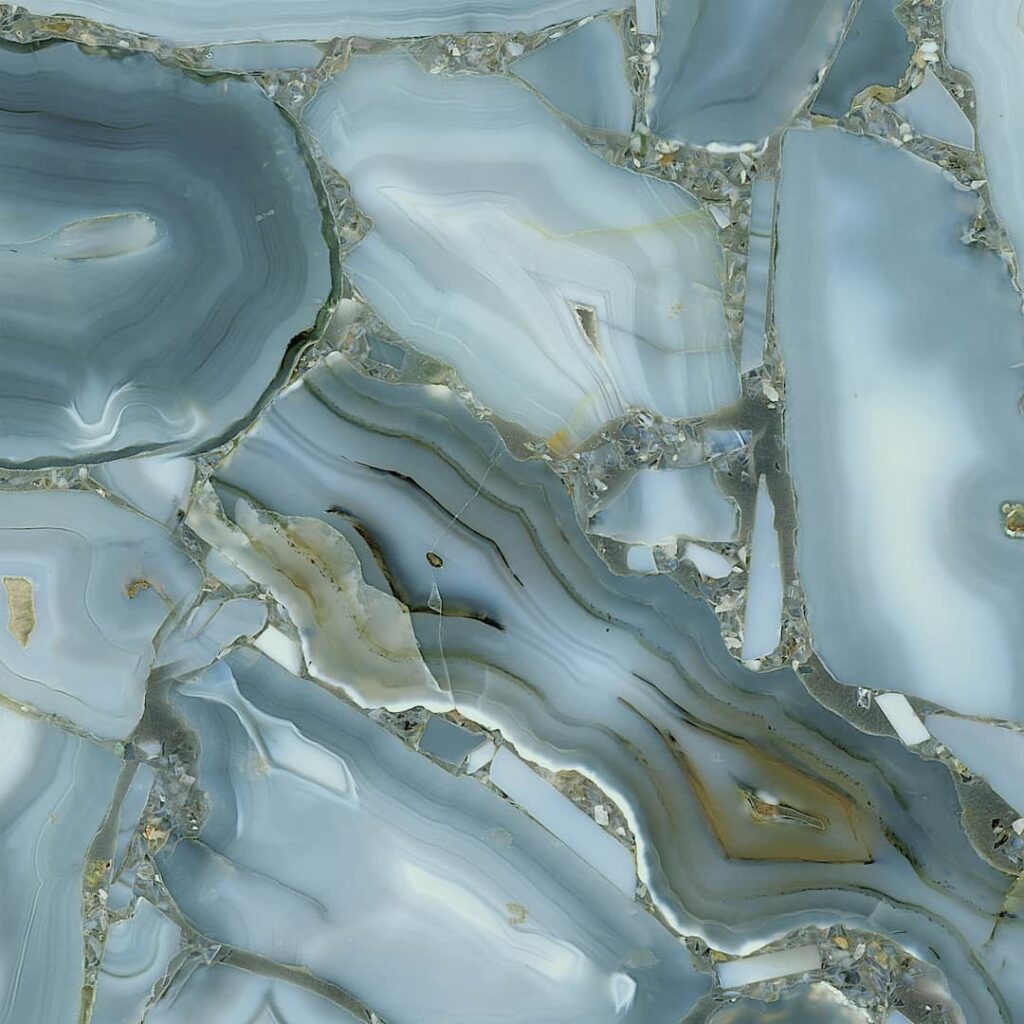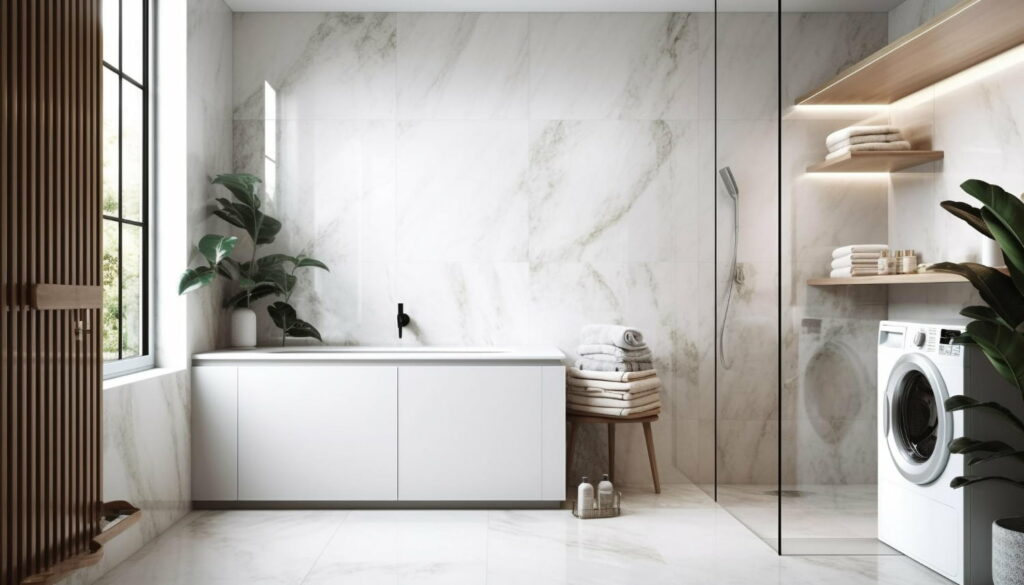Italian marble is a natural stone quarried in Italy for centuries. It is renowned for its exceptional beauty and quality, making it one of the most highly sought-after materials for construction and design. Marble has been utilized in some of the world’s most iconic architectural landmarks, including the Colosseum and Michelangelo’s David. In this article, we will delve into the history and benefits of marble and its popular types and applications in both residential and commercial settings.
What is Italian Marble?

Italian marble is a type of limestone that has undergone metamorphism due to heat and pressure, resulting in a beautiful, crystalline structure. It comes in various colors, including white, gray, pink, and green, and each type has unique veining and patterns. Marble is known for its high polish and transparency, which can give it a luxurious, almost ethereal appearance.
The history and reputation
Italian marble has been quarried in Italy for over 2,000 years, with some of the earliest quarries dating back to ancient Rome. The marble was used in many important buildings and monuments, including the Pantheon and Trajan’s Column. Marble was a popular material during the Renaissance, used extensively in sculptures, installations, and decorative arts. Today, marble is still considered the epitome of luxury and is used in high-end residential and commercial projects worldwide.
Advantages
The unique beauty
Italian marble is known for its captivating beauty, with each type having unique colors, veining, and patterns. The stone’s natural translucency allows light to pass, creating a delicate, almost otherworldly appearance. The marble’s high polish and smooth texture make it a popular choice for luxury design projects.
The durability and longevity
Italian marble is incredibly durable and long-lasting, with some buildings in Italy still standing after hundreds of years. Its hardness also makes it resistant to scratches and damage, making it an excellent choice for high-traffic areas.
The versatility of design

Italian marble is a versatile material used in various design styles. Whether looking for a classic, traditional look, or a modern, sleek design, marble can suit any style. It can also and shaped to fit unique spaces and structures.
Popular Types

This excerpt provides information on five different types of Italian marble. Carrara marble is a delicate white or blue-gray with feathery veining; Calacatta marble is white with bold veining in shades of gray and gold and is considered valuable; Statuario marble is striking white with dramatic veining in shades of gray and black and is used in high-end projects; Botticino is a beige marble with light veining, often used for flooring in commercial spaces; Emperador marble is a brown marble with more delicate veining, commonly used for bathroom countertops and flooring.
Applications in Home and Business

Best known for its sturdiness and unparalleled allure, Italian marble is highly favored as the preferred flooring material in several places, such as kitchens, bathrooms, entryways, and living rooms. It is also commonly used as a countertop material due to its resistance to scratches and heat, giving kitchens and bathrooms a luxurious, high-end look.
In addition, marble can be used as wall cladding to create stunning feature walls or add subtle texture and beauty to a space. As a material, it is also highly sought after for decorative sculptures and accents, holding fine detailing and adding a touch of luxury and elegance to any space. From fireplace mantles to ornate sculptures, marble is a popular choice for adding sophistication and richness to interior design.
Maintaining and Preserve its Beauty

Italian marble is a luxurious and timeless choice for homes and businesses. To maintain its beauty and durability, proper cleaning and care are crucial. Use a soft, damp cloth or mop with a mild soap solution to clean, and avoid acidic or abrasive cleaners. Quickly clean up spills to prevent stains from setting in. To prevent any scratches or unsightly marks, ensure the usage of coasters, avoid placing anything sharp or heavy upon the surface, and always utilize a designated cutting board when preparing food. Periodically sealing marble provides extra protection from stains and damage, but consult a professional for the appropriate sealing schedule.
Italian Marble vs. Other Natural Stones
Italian marble is often compared to popular natural stones like granite and quartz. While each stone has its unique characteristics, some differences exist. Granite is a more complex, durable stone than Italian marble and less prone to scratches and chips. Manufactured quartz is a highly durable material that resists scratches and stains, which is why it’s commonly selected for kitchen surfaces.
Marble is known for its beauty and luxuriousness. It has a softer, more delicate appearance than other stones and is for decorative purposes rather than functional ones. When choosing a natural stone, consider the desired functionality, aesthetic, and maintenance requirements. Marble is an excellent choice for decorative accents, such as fireplace surrounds and tabletops. Granite and quartz, on the other hand, are better suited for high-traffic areas like kitchen countertops.
Investing for Long-Term Value
Investing in Italian marble may come with a higher upfront cost, but it can offer long-term value and a high return on investment over time.
The financial benefit
Italian marble is a high-end material that can add significant value to a property. It is sought after by buyers and can make a property more attractive and desirable.
Long-term value and ROI
While Italian marble may require more maintenance than other building materials, its durability and timeless beauty can make it a worthwhile investment. Additionally, properties with high-end materials like marble often have a higher resale value, offering a high return on investment over time. In conclusion, marble is a timeless material with unparalleled beauty, durability, and versatility. Investing in marble can add significant value and charm, whether designing a new home or renovating a business space. Marble can retain its stunning appearance for decades by following proper care and maintenance techniques. If you want to elevate your interior design’s aesthetics, consider incorporating Italian marble into your plans.






